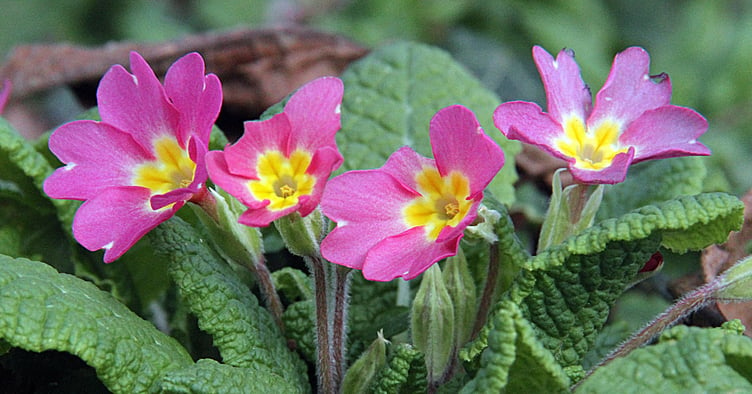I KNOW of a couple of places in the parish where early Dog Violets appear in February, and one of these sites involves a long walk down through a path field, but the walk was worth it.
There, at the foot of the hedge, I found a single blue/violet-coloured bloom with white markings on its base petal and an orange stamen.
Lovely, and very easy to spot among the vegetation.
Apart from various pansies that usually grow in front gardens, there are usually only two kinds of violets that country people are familiar with – the Sweet Violet that has a beautiful scent, and the Dog Violet which is odourless.
As usual when the word ‘dog’ appears before the name of a flower, it usually means they are inferior, such as the practically unwanted Dogs Mercury.
Walking down the road to Trecorme Mill I notice the hedgerows have plenty of Common Sorrel plants already showing masses of leaves.
Back in my school days it was called Sour Sab, as we used to chew them whilst walking to and from school.
They have a very sour taste to them – hence their nickname.
Whilst working as a builder out in the countryside, I used to add small pieces of leaves to my mundane cheese sandwich lunch to make it a little tastier.
There are also loads of Navelwort leaves on the hedges and dry stone walls.
In fact, in the village cemetery there is a clump of them growing on one of the tall Macrocarpa trees.
The plant is so named as there is a distinct dimple in the centre of the leaves where they join their stems.
During June and July, tall stalks will be sent up to display numerous pendulous greenish-white flowers.
Whilst in the cemetery I was really surprised to find a small bone about 12cms long and covered in fine scratches.
Now, how did this bone end up in a burial ground?
It could not have been carried there by a dog, but as several of the graves have sunk down into the ground and there are a few rat holes beside the graves, I am wondering if a rat could have brought this bone up from below ground.
Patches of primroses decorate the hedgerows and occasionally a pink petalled one appears, but down the bottom of the village there is a plant sporting petals that are almost red.
I think these pink, red and sometimes deep yellow flowers are just a variation of the common Primula vulgaris and are not cultivated plants that have been purposely planted.
A winter visitor that we might be lucky enough to see is the Fieldfare that is one of several members of the Thrush – Turdidae – family. In fact, they look like Song Thrushes but have a grey head and rump instead of brown and the best place to see it is on farmland – making use of path fields – and along the edges of woods where they feed on snails, slugs and worms.


.jpeg?width=209&height=140&crop=209:145,smart&quality=75)
.jpeg?width=209&height=140&crop=209:145,smart&quality=75)

Comments
This article has no comments yet. Be the first to leave a comment.